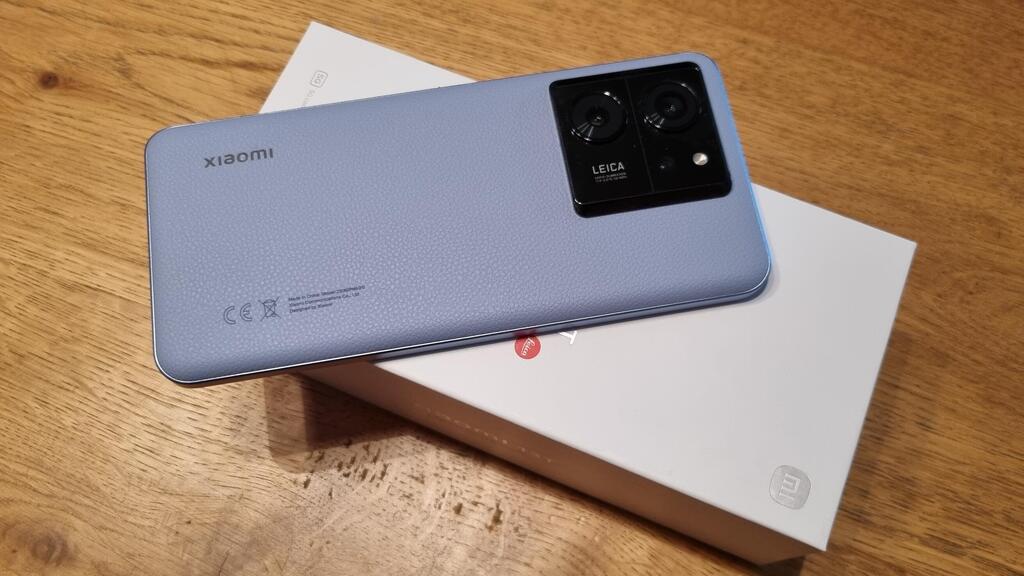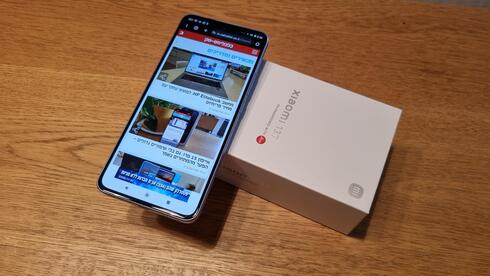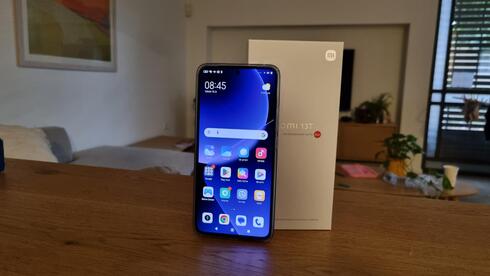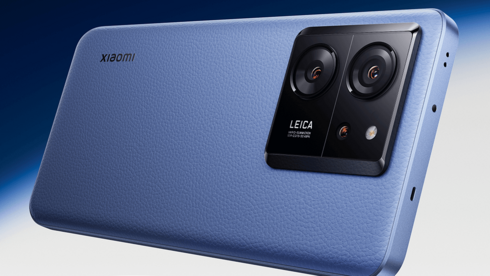
Smartphone review
Xiaomi 13T: almost premium in performance, at a more affordable price
On the back of the Chinese manufacturer's successful flagship devices, CTech's smartphone critic Itai Smuskowitz reviews its slightly cheaper model, with differences in specifications and construction that do not really affect the performance
Top Line
The similarity between the Xiaomi 13T and the company's more premium models is a great compliment for the former. Xiaomi's 13 Pro is an impressive device, and a cheaper model that looks like it can be considered an achievement. One of the successful changes is in weight, with the 13T less physically burdensome on the pocket.
In terms of out-of-pocket expenses, it’s a different story. The 13T is sold for a significantly lower price than the top models, but is more expensive compared to mid-level devices. The differences in specifications and assembly are slight and almost imperceptible - in terms of performance, this 13T is certainly sufficient for most consumers and it can be considered a good competitor to Nothing Phone 2, for example, which is offered at a similar price.
Bottom line, this is a premium-minus or mid-level-premium-plus device that offers very good value.
Details
Sometimes it seems like smartphone manufacturers are trying to confuse us. They offer a variety of devices of different quality, different price levels and for different audiences, and the result is a series and subseries of models that are sometimes difficult to navigate. Xiaomi, for example, has Poco, Redmi, models with only a number (like Xiaomi 13) and some of these devices also have a Pro, Pro Plus, Lite version, with the addition of a letter (13S or Redmi 10C) and more.
The Chinese manufacturer has already proven that it knows how to produce premium devices that compete with the flagship devices of Apple and Samsung, and recently launched the 13T, a mid-level-premium device that is very similar to the Xiaomi 13 and 13 Pro (by the way, there is also an Xiaomi 13T Pro). This contributes to the confusion - why do you actually need a flagship device? Perhaps to show that such a smartphone can be produced and to have something to offer to those who always want the hottest device.
Design and structure: The screen is flat and the device is not too heavy
The 13T looks similar to Xiaomi's flagship device, the regular 13 and the 13 Pro, and the dimensions are also almost the same, with differences of a few fractions of a millimeter and a 6.67-inch screen. This time it is a flat screen that stretches from edge to edge, without rounded edges. It weighs almost 200 grams, a little more than the Xiaomi 13 and significantly less than the 13 Pro, and does not feel heavy.
Similar to the flagship devices, here too we have a collaboration with Leica and the 13T has three lenses from the old and respected camera and lens manufacturer. In the 13 Pro, the feeling was that the cameras were responsible for a significant part of the device's weight and that they were its center of gravity, a feeling that does not exist in the 13T.
As usual with Xiaomi, the kit has a basic silicone protector, and the protection of the device is less comprehensive than in the more expensive models - Gorilla Glass 5 (compared to Gorilla Victus), a cover with a leather-like texture on the back of the device and a plastic frame. Despite this, the device feels durable and also has an IP68 standard, meaning it should handle dust and water very well.
Related articles:
Hardware: Strong enough for most consumers
The specifications have been changed to produce a cheaper model: instead of a Snapdragon processor found in the flagship devices of the various manufacturers, the 13T has a Mediatek Dimensity 8200 Ultra processor, with 12 gigabytes of memory and 256 gigabytes of storage. The difference between the processors is not really noticeable in terms of performance and it is doubtful that anyone would have noticed it alone, without looking at the specifications.
Similar to the specifications of competing devices, there is no standard headphone connection, there is of course a facial recognition system and a fingerprint reader that do their job well, and there is also support for eSim, which can help save on communication costs from abroad.
The screen is excellent and the level of brightness is excellent - on paper it is even higher than in Xiaomi's flagship models. In any case, the display is clear and readable even in direct sunlight.
In terms of performance, the phone handled every task, including games, without a problem. It didn't feel as fast as the premium devices, but for most consumers it's more than enough.
The 13T is powered by a battery with a capacity of 5,000 mAh, which survived a working day. The device also supports fast charging and its kit also has a suitable charger, with a power of 67 watts. From a state of 10% remaining in the battery, charging for only 5 minutes was enough to reach 30%, after 15 minutes the battery had already reached 50% and to reach a full charge we had to wait about 45 minutes.
Software and Interface: Memories from iOS
The Xiaomi 13T comes with Android 13 and Xiaomi's MIUI 14 interface, without changes and innovations. Those who are familiar will find in the Chinese manufacturer's system a variety of options for self-adjustment of settings and menus.
The system's default is very reminiscent of Apple's iOS - all apps are displayed on the home screens, without an "app drawer", and by swiping a finger from the top edge on one side of the screen, a divided notification curtain appears that shows the control center (turning on and off a wireless network, Bluetooth, etc.) and when you slide your finger on the other half of the screen the various notifications and updates of the applications will appear.
The phone comes with a variety of pre-installed apps, a large part of which are unnecessary and we would be happy to give them up, but I was content simply to completely ignore them.
Camera: Continuing with the successful collaboration
In the previous generation, the 12T, Xiaomi went for quantity, with a 200 megapixel sensor. This time it continues its collaboration with Leica, as mentioned, and the cameras in the 13T are almost identical to those in the 13 Pro - "only" two 50 megapixel lenses (one wide and the other telephoto, with X2 optical zoom), a 12 megapixel lens for a wide shooting angle and a selfie camera with a 20 megapixel sensor.
At the first activation of the camera, you will be asked to choose a preferred shooting mode - Leica authentic or Leica iridescent, i.e. more colorful. Xiaomi has made switching between these modes simpler and the option to choose is prominent on the shooting screen, but this comes at the expense of being able to choose the image size. When I wanted to switch between shooting in 3:4 and 9:16 format, it took me a moment to understand where this option, which is usually prominent on the shooting screen, had gone. This time it is under the not really clear title "dimension ratio".
As with the senior model, here too you can choose between a multitude of different filters, and the results are excellent - the images are sharp, the camera automatically switches to night mode (you can cancel this setting) and copes well even with a dark environment.


